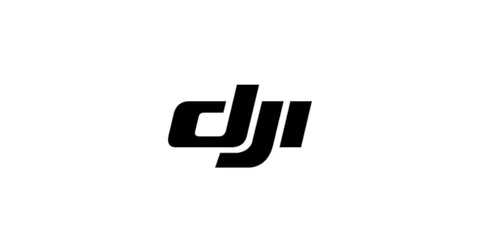
DJI's Portable Power Station
DJI's portable power station, which has particularly high compatibility with drones. We thoroughly explain its features and how to choose one!
Find by Series
DJI's Portable Power Station product features
Advantages of DJI's Portable Power Stations
High Compatibility When Used with Drones
DJI's portable power stations, befitting the top manufacturer of consumer drones, are characterized by being optimized for use with drones.
They are equipped with a dedicated port (DJI Power SDC) optimized for DJI drone intelligent batteries, making it easier to charge drones.
Another advantage is their lightweight design, assuming use together with drones. This is a significant benefit in situations where you need to move together with the portable power station.
High Cost Performance
Compared to other portable power stations with similar performance, DJI's portable power stations are priced about 15% lower, offering extremely high cost performance.
Disadvantages of DJI's Portable Power Stations
Still a Limited Lineup in the Portable Power Station Genre
For DJI, whose main field is originally drones, portable power stations are positioned more as accessories for drones. Compared to manufacturers whose main products are portable power stations, the lineup is still limited, which is a disadvantage.
Especially lacking are large-capacity, high-output models. DJI's portable power stations are only available up to the 1,000Wh class at most, making them unsuitable for uses that require a large amount of electricity, such as car camping.
Optional Accessories Required for Solar Input
DJI's portable power stations can be charged via AC input, SDC port, and type C by default, but cannot be charged directly from solar panels.
If you use the optional solar panel adapter module (MPPT), charging from solar panels becomes possible (conversely, this means that MPPT is not built into the main unit), but the fact that an optional accessory is required can be considered a disadvantage.